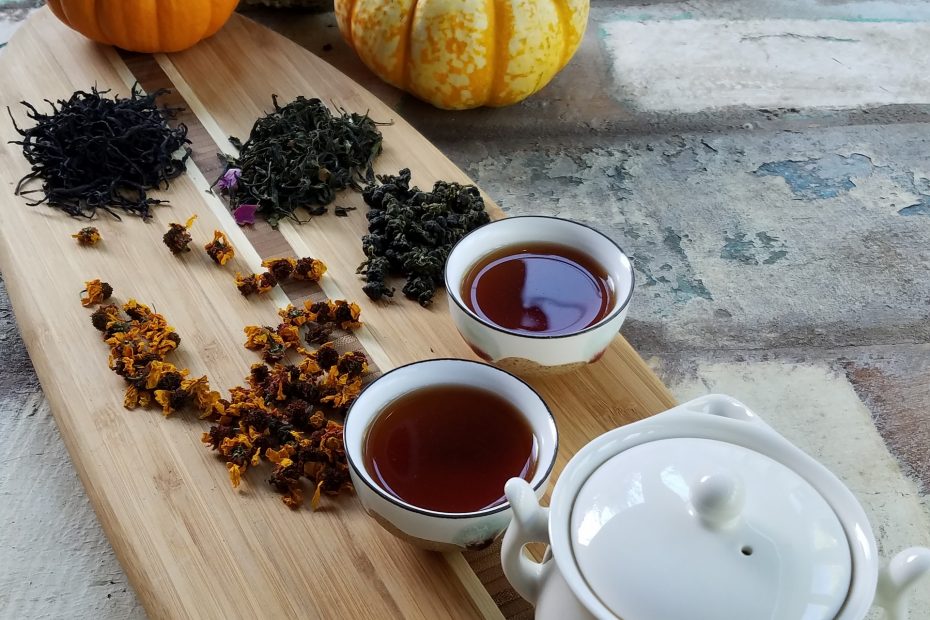Origin of Tea
The origin of the plant (Camellia Sinensis) from which tea is obtained is very uncertain but it seems that China was the first nation in the world to use the leaves and shoots of said plant about 5,000 years ago.
There are numerous varieties of tea each with its own distinct aroma and color, and knowing them means you can choose the right tea for your taste and for different occasions. People generally associate tea with the British because they exported the culture of five o’clock tea to the world, but tea is not an English beverage but an Eastern one.
The importation of tea to Europe can be traced back to the East India Company, and it was the Dutch who brought the first major shipment of Chinese tea crates.
Tea leaves
The small, freshly picked tea leaves are tasteless and odorless, but through various processing steps they are transformed and give rise to delicious aromas. The most valuable leaves are the younger ones found on the tops of the plants while the older ones are found at the bottom and have a lower content of theine and tannins.
From the leaves of green tea, when steeped for about 8 minutes, a good quality of polyphenols are extracted that seem to have a powerful preventive action against many diseases.
Bitter infusion – What if your tea is bitter?
If the infusion is too bitter, it means that too much Tea was used compared to the usual teaspoon per cup, or the water was too hot or the infusion too long.
Exciting Tea
Tea is a mild excitant as it contains theine but if it is left for more than 5 minutes in the infusion it has a calming action as the extraction of tannic acid and flavonoids, antioxidants and anti-inflammatories, from the leaves is promoted.
The tea will be more bitter but healthier.
Tea, after water, is the most widely consumed beverage in the world.
Effects of theine
The effects of theine compared to caffeine are different in that theine acts more slowly and with prolonged effect, stimulating but not exciting the central nervous system and without having effects on the heart rate as in the case of coffee.
Milk or sugar?
For researchers at Oxford Brookes University, casein, the protein in milk, decreases the antioxidant power of tea, slowing the absorption of polyphenols.
Lemon, on the other hand, tends to alter the taste, masking the more delicate and refined essences.
According to a study from Purdue University, USA, lemon would, however, have the great virtue of increasing the absorption of minerals in tea.
Strictly no, however, to sugar. Devoid of the sweetener, tea in fact constitutes a real panacea for the well-being of our teeth, as revealed by a research from Tohoku University, Japan. Thanks to polyphenols, which protect us from tooth decay.
During meals
Tea can be used like water and wine during meals.
The milder green tea is assimilated to white wine and can accompany fish and other light foods.
Black tea and Oolong tea go well with savory meat dishes instead of red wine.
